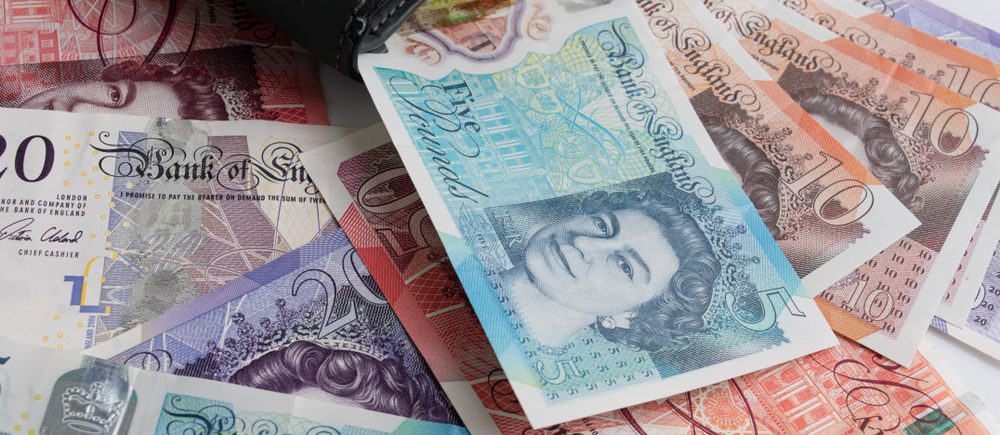Bets on the beginning of the BoE’s easing cycle is pushed back by market watchers to September. The US Dollar gained strength on Tuesday due to Fed Chair Powell’s hawkish outlook. The Pound might benefit further when the Fed and BoE’s policies coincide. With earlier gains for the day, the GBP/USD pair was trading marginally higher at 1.2448, but it slid at the time of writing to trade at 1.2451, down 0.02%. The decline in US Treasury yields, however, put an end to the US dollar’s surge; yet, the US economy is still expected to grow, and investors are betting on an increasingly assertive Federal Reserve following the publication of Fed’s Beige Book.
The UK’s Consumer Price Index (CPI) for March showed a minor uptick earlier in the day, suggesting that inflationary pressures are still present. In response, the markets revised their projections for the British bank’s upcoming choices, and the first cut is now predicted for September rather than August as was originally thought. In addition, the probability of a second cut in December has dropped from 100% earlier in the week to 60%. The Pound has gained on Wednesday as a result of this recalibrating of expectations.
Accordingly, the US’s persistently strong economic and inflation data support the Fed’s choice to stick with its tight policy framework for a longer period of time than anticipated. The GBP may therefore continue to rise as long as both banks’ policies line up, or the rate at which the US and GBP yield spreads widen may determine how quickly the pair moves upward.
GBP/USD’s Technical Outlook
The Relative Strength Index (RSI) on the daily chart is moving closer to the oversold area. The pair may be due for a price correction or reversal as sellers take a break. On Wednesday, there was a bullish movement from 31 to 34, indicating that sellers are currently in control of the market.
Examining the larger picture, it is evident that the GBP/USD has been trading below the 20-, 100-, and 200-day Simple Moving Averages (SMAs), indicating that the general trend is still bearish. Due to the possibility of additional downside pressure on the GBP/USD, traders should closely monitor an upcoming bearish crossover between the 20 and 200-day SMA at 1.2570.

Pound, Sterling
 Noor Trends News, Technical Analysis, Educational Tools and Recommendations
Noor Trends News, Technical Analysis, Educational Tools and Recommendations




